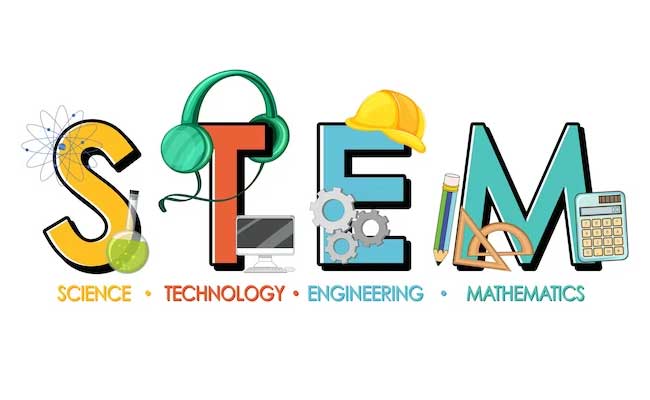STEM Education: Why It’s Important and How It Can Shape Our Future
In today’s rapidly evolving world, Science, Technology, Engineering, and Mathematics (STEM) education has become increasingly important. STEM education is an approach that integrates these four fields of study to provide students with a well-rounded education that prepares them for a range of careers. In this article, we will explore why STEM education is important and how it can shape our future.
Why is STEM Education Important?
- Career Opportunities
STEM education provides students with the skills and knowledge they need to succeed in a range of careers. With the growing demand for STEM-related jobs, students with STEM backgrounds are in high demand. According to the US Bureau of Labor Statistics, STEM jobs are projected to grow by 8.8% from 2018 to 2028, compared to 5.0% for non-STEM jobs.
- Innovation and Creativity
STEM education fosters innovation and creativity by teaching students to think critically, solve problems, and work collaboratively. These skills are essential for developing new technologies and solutions to the challenges we face in today’s world.
- Global Competitiveness
STEM education is important for maintaining our global competitiveness. Countries that invest in STEM education are more likely to be competitive in the global economy. STEM education prepares students to compete in a global workforce and to drive innovation and growth.
- Addressing Societal Challenges
STEM education is important for addressing societal challenges such as climate change, energy, healthcare, and food security. Students with STEM backgrounds are well-equipped to tackle these challenges and to develop sustainable solutions that benefit society.
How Can STEM Education Shape Our Future?
- Advancements in Technology
STEM education is essential for driving advancements in technology. By providing students with the skills and knowledge they need to develop new technologies, STEM education can shape the future of our society. This includes technologies such as artificial intelligence, renewable energy, and biotechnology.
- Sustainability and Environmental Protection
STEM education can shape our future by promoting sustainability and environmental protection. Students with STEM backgrounds are well-equipped to develop sustainable solutions to address environmental challenges such as climate change, energy, and food security. This includes developing renewable energy technologies, sustainable agricultural practices, and efficient transportation systems.
- Health and Well-Being
STEM education can shape our future by improving health and well-being. Students with STEM backgrounds are well-equipped to develop new medical technologies and treatments, as well as to address health challenges such as obesity and chronic disease. This includes developing new drugs and treatments, as well as promoting healthy behaviors and lifestyles.
- Space Exploration and Colonization
STEM education can shape our future by promoting space exploration and colonization. Students with STEM backgrounds are well-equipped to develop the technologies and systems needed to explore and colonize other planets. This includes developing new propulsion systems, life support systems, and habitats.
How Can We Improve STEM Education?
- Engage Students Early
Engaging students in STEM education early is key to developing an interest in these fields. This can be done through hands-on activities, project-based learning, and exposure to STEM professionals and role models.
- Support Professional Development for Teachers
Supporting professional development for STEM teachers is important for ensuring that students receive high-quality education. This includes providing training in new technologies and teaching methods, as well as opportunities for collaboration and networking with other STEM educators.
- Promote Diversity and Inclusion
Promoting diversity and inclusion in STEM education is important for ensuring that all students have access to these fields. This includes providing resources and support for underrepresented groups, as well as promoting diversity in STEM classrooms and workplaces.
- Increase Funding for STEM Education
Increasing funding for STEM education is important for providing students with the resources and tools they need to succeed.
![]()





